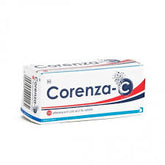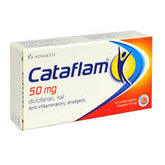featured Breast cancer in women
On by ZimSeller Pharmacy 0 comments
Brain tumours
On by ZimSeller Pharmacy 0 comments
Brain tumour (malignant)
On by ZimSeller Pharmacy 0 comments
Brain tumour (benign)
On by ZimSeller Pharmacy 0 comments
Brain haemorrhage
On by ZimSeller Pharmacy 0 comments
Brain death
On by ZimSeller Pharmacy 0 comments
Brain aneurysm
On by ZimSeller Pharmacy 0 comments





















